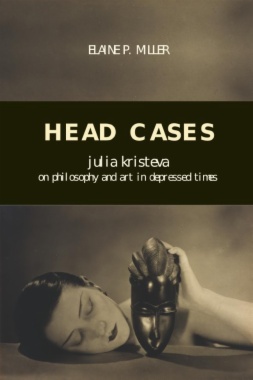

A mismatch between the federal government's revenues and spending, now and in the foreseeable future, requires heavy borrowing, leading to a large and increasing federal debt. That increasing debt raises a serious challenge to all of the goals that various people expect their government to pursue. It also raises questions about the nation's future wealth and whether too much debt could lead to higher interest rates and even to loss of confidence in the nation's long-term ability and commitment to honor its obligations. Many analysts have concluded that the trajectory of the federal budget set by current policies cannot be sustained.
In light of these projections, Choosing the Nation's Fiscal Future assesses the options and possibilities for a sustainable federal budget. This comprehensive book considers a range of policy changes that could help put the budget on a sustainable path: reforms to reduce the rate of growth in spending for Medicare and Medicaid; options to reduce the growth rate of Social Security benefits or raise payroll taxes; and changes in many other government spending programs and tax policies. The book also examines how the federal budget process could be revised to be more far sighted and to hold leaders accountable for responsible stewardship of the nation's fiscal future.
Choosing the Nation's Fiscal Future will provide readers with a practical framework to assess budget proposals for their consistency with long-term fiscal stability. It will help them assess what policy changes they want, consistent with their own values and their views of the proper role of the government and within the constraints of a responsible national budget. It will show how the perhaps difficult but possible policy changes could be combined to produce a wide range of budget scenarios to bring revenues and spending into alignment for the long term. This book will be uniquely valuable to everyone concerned about the current and projected fiscal health of the nation.